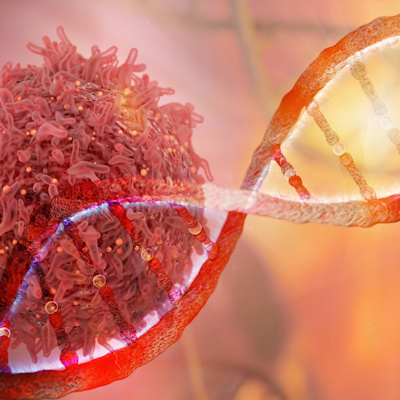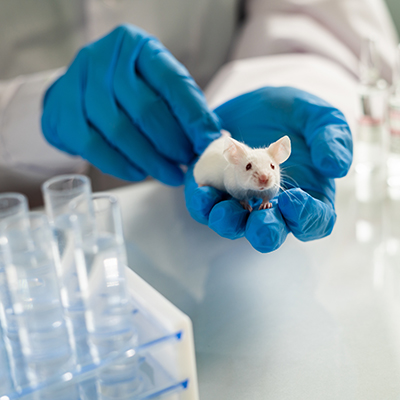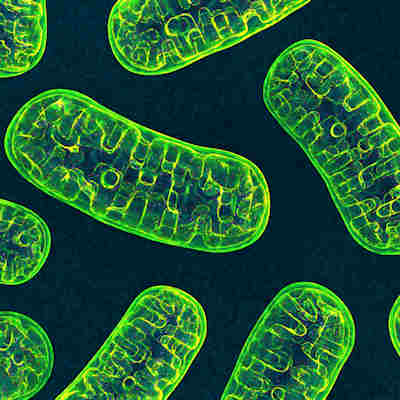October 5, 2022 -- Researchers from Arizona State University (ASU) and the Biodesign Institute have discovered a new pathway for producing telomerase RNA from a protein-coding messenger RNA (mRNA).
The researchers contend that results of their study, published October 3 in the Proceedings of the National Academy of Sciences, furthers scientists' understanding of the inner workings of telomerase, providing potential keys to antiaging therapies.
Some mRNA molecules are protein-coding, carrying genetic information from cell nucleus DNA to the cytoplasm where proteins are made. Others, like telomerase RNA, are noncoding. Telomerase RNA assembles, along with telomerase proteins, to form the enzyme telomerase.
The researchers found that telomerase RNA from the fungal organism corn smut (Ustilago maydis) is processed from a protein-coding mRNA, instead of being independently synthesized like most RNA molecules.
Telomerase offsets cellular aging by lengthening the telomeres -- protective capping structures that safeguard chromosome ends and shrink with age. Telomerase repeatedly synthesizes and adds back lost DNA, effectively extending the cell's life span.
But while youthful stem cells use telomerase to lengthen telomeres, cancer cells also employ telomerase for their destructive growth. As a result, telomerase regulation must be performed with precision. Small molecule drugs designed to increase telomerase activity exclusively within stem cells for disease treatment and antiaging therapies could avoid cancer risks.
The researchers believe studying telomerase RNA biogenesis in corn smut may unveil new mechanisms for telomerase regulation and offer new directions on engineering human telomerase for antiaging therapeutics.
"This work provides new insights in controlling immortality of cancer and stem cells and provides new pathways for biogenesis of important noncoding RNA components necessary for the activity of telomerase," Tijana Rajh, PhD, professor and director of ASU's School of Molecular Sciences, said in statement. "This important research could provide a handle towards control of DNA damage and deliver alternative routes for a longer and more healthy life."
Copyright © 2022 scienceboard.net









